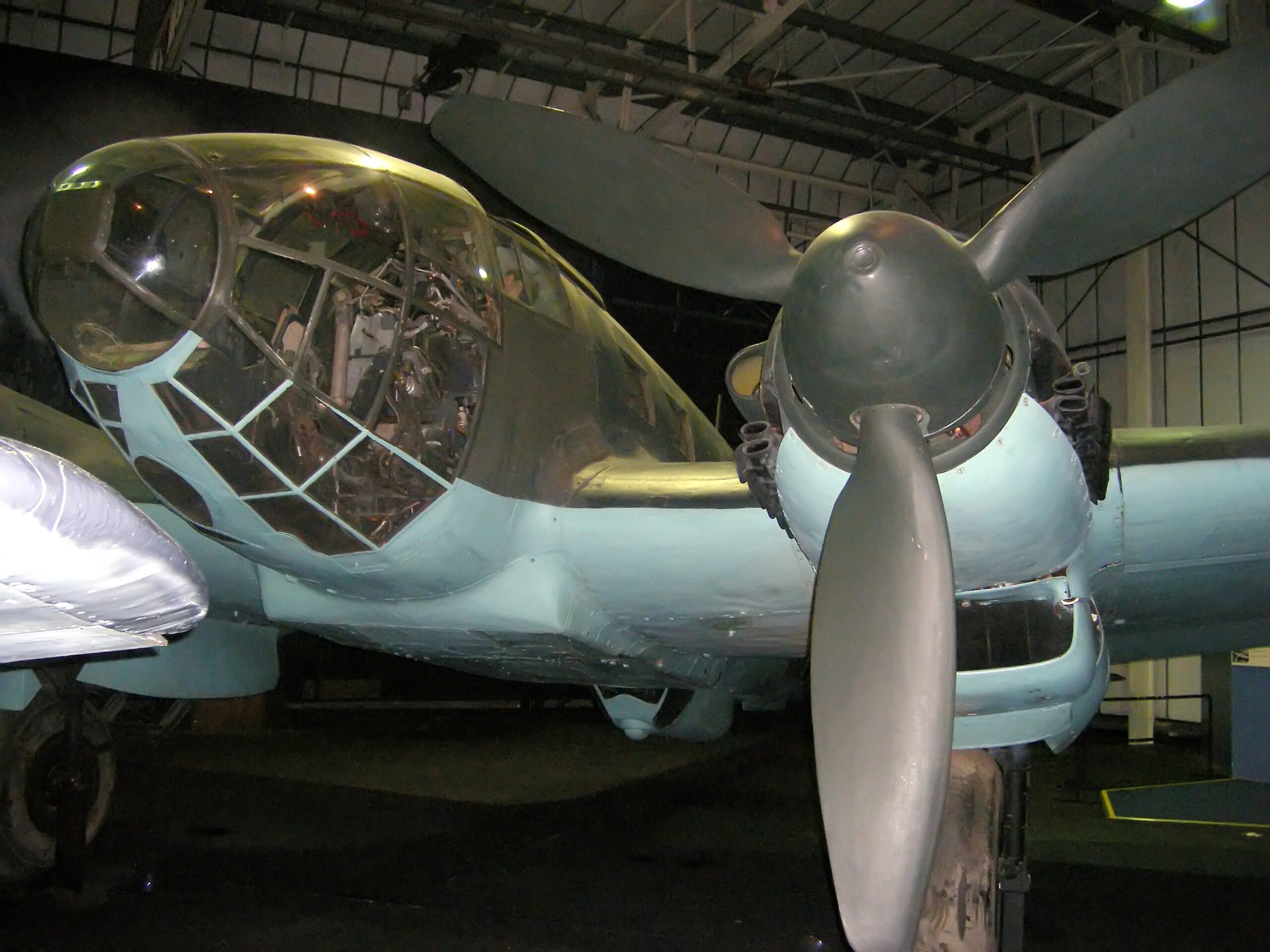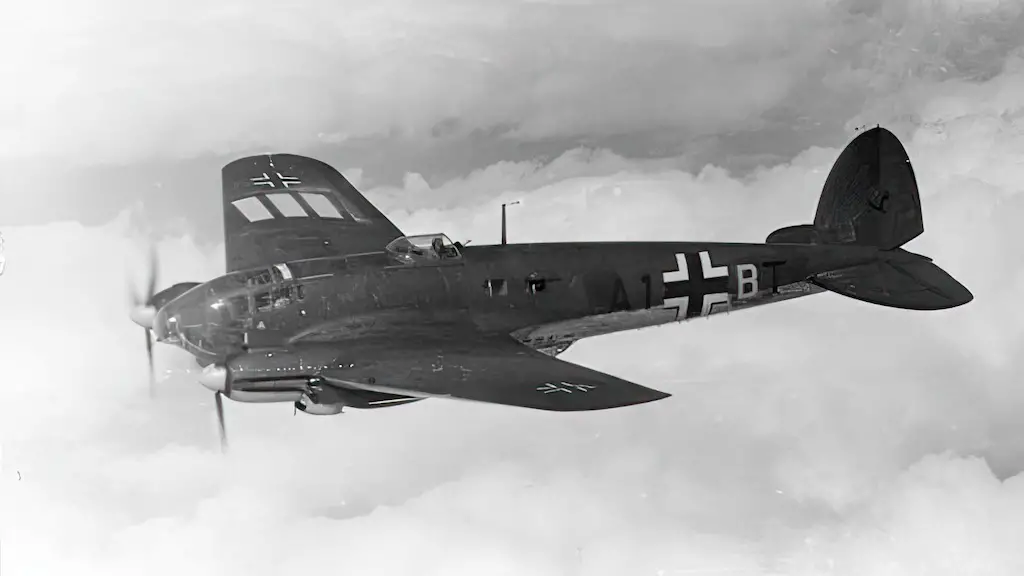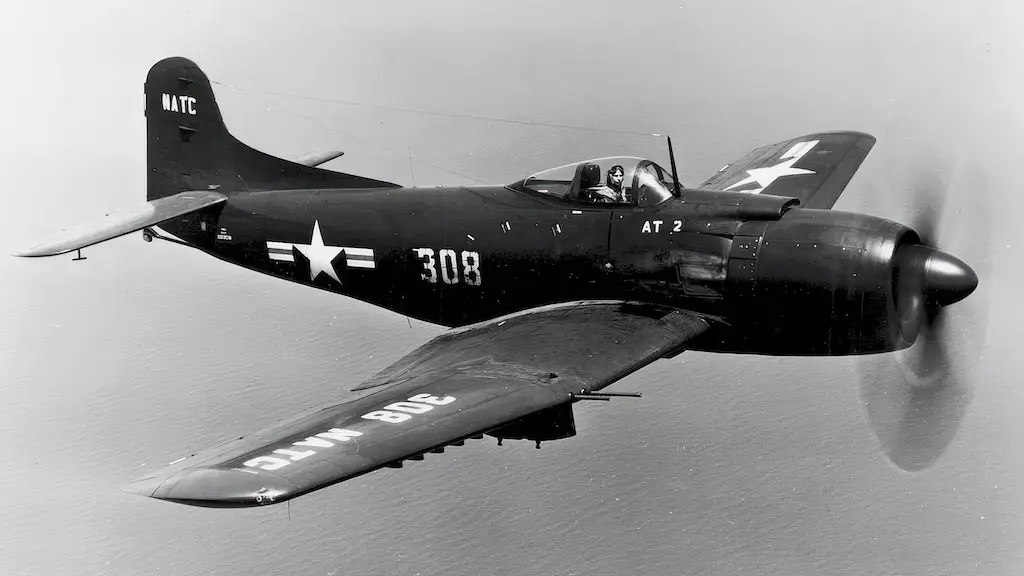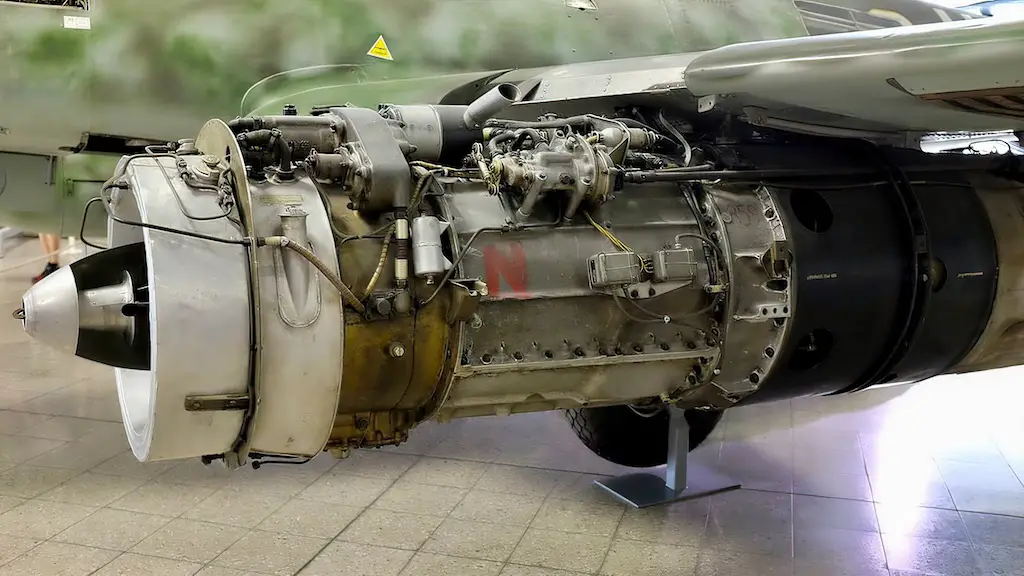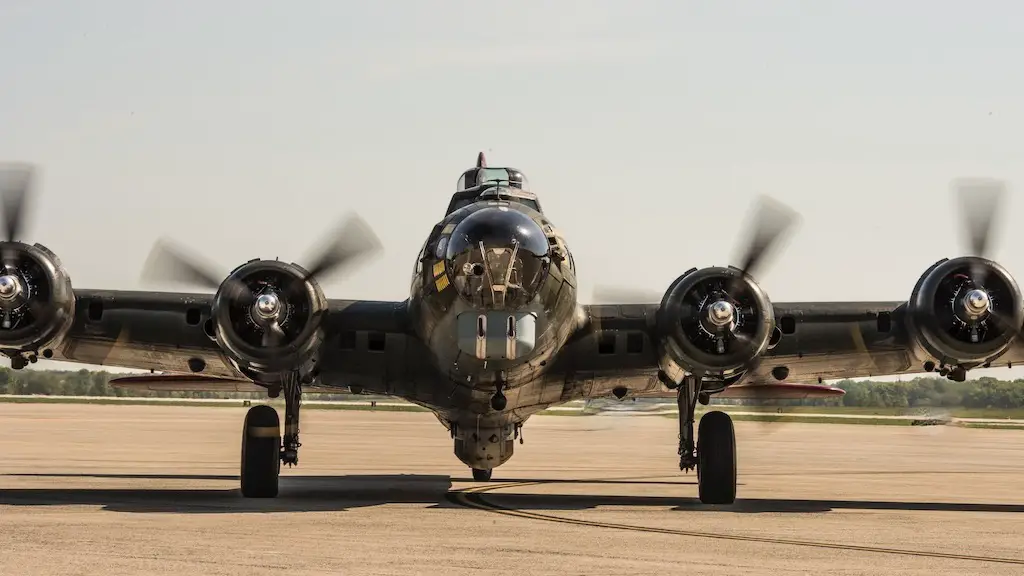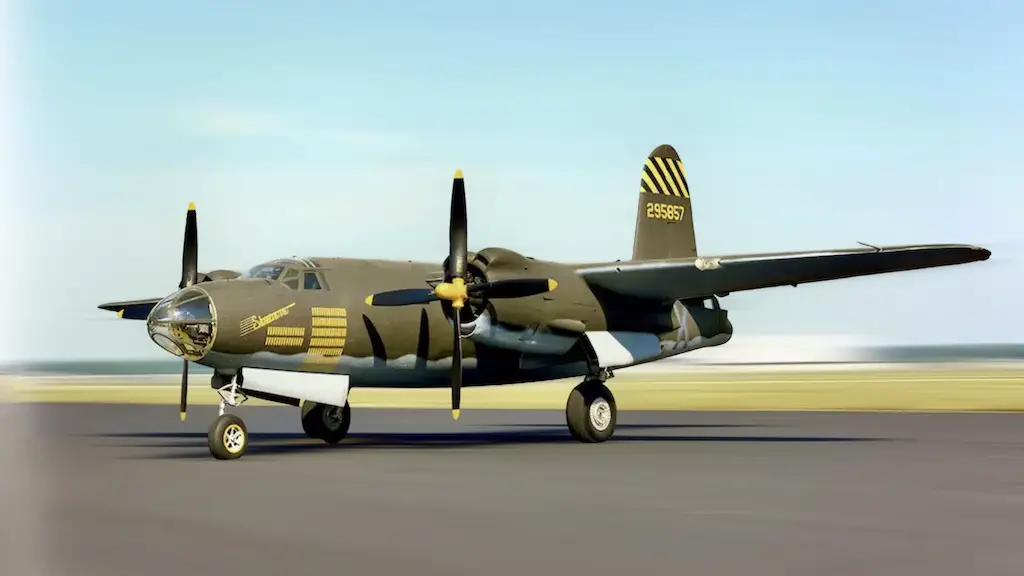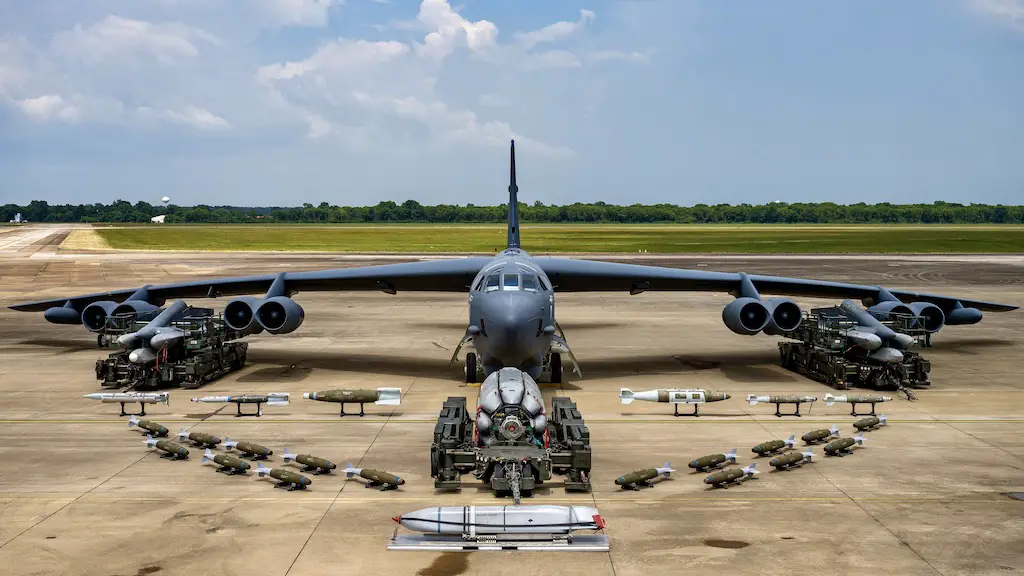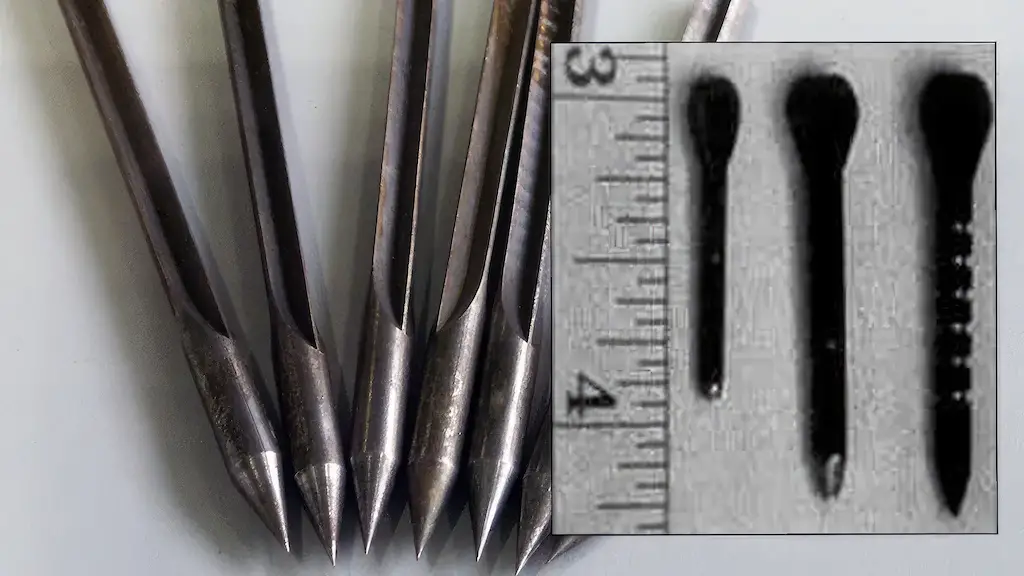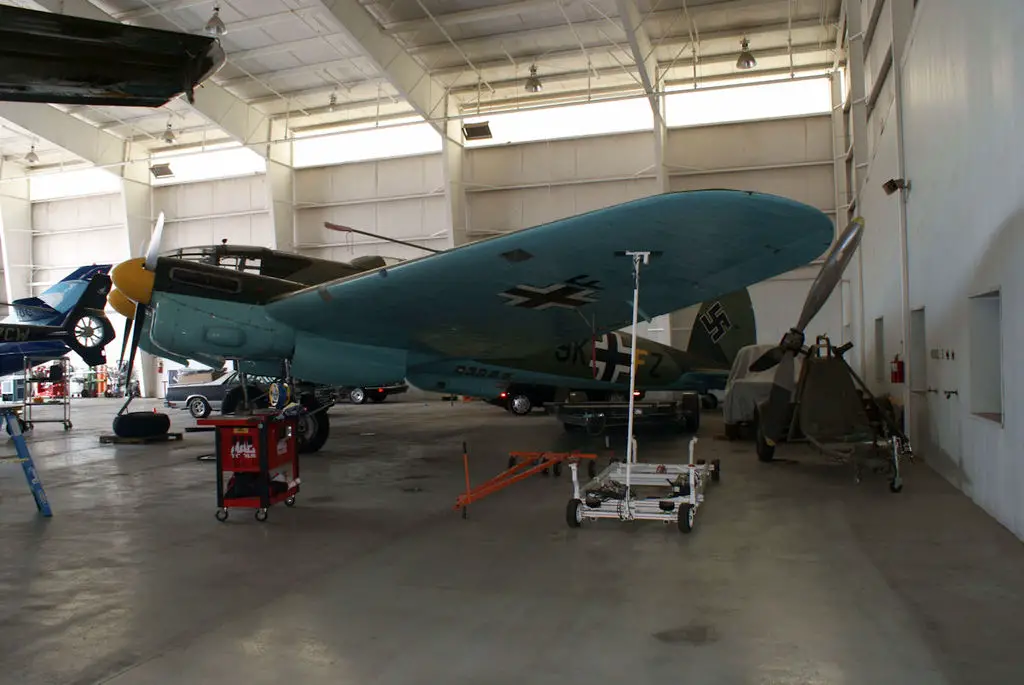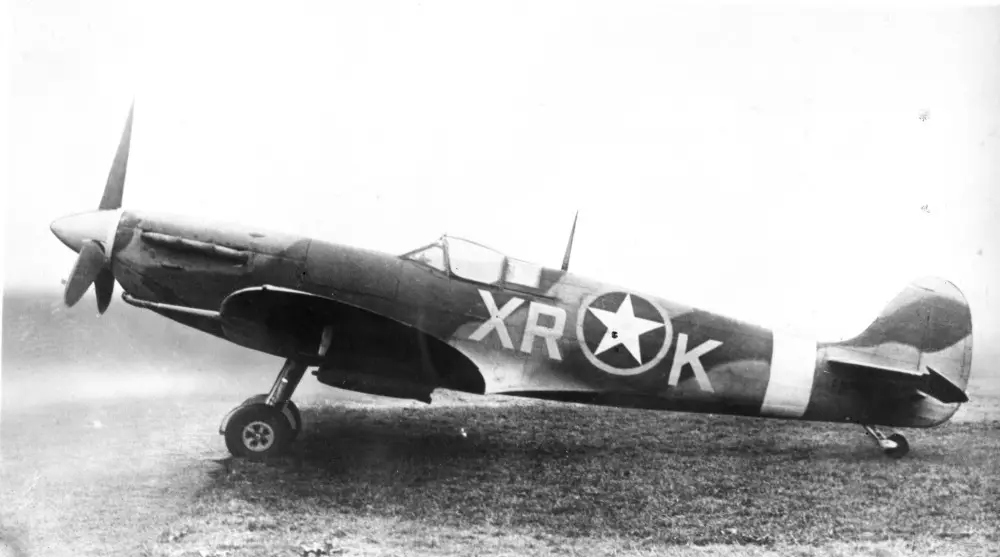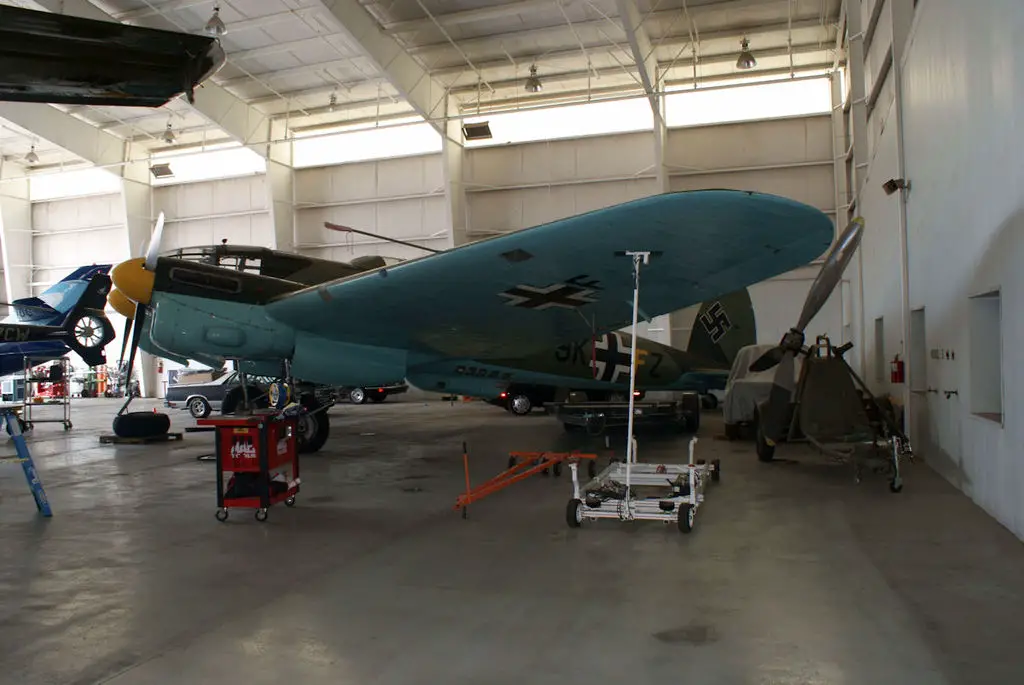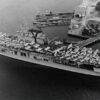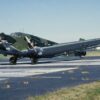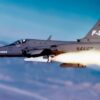A Wolf in Sheep’s Clothing
As the world waded through the rippling waves of the 1930s, aviation was in its Golden Age. It was in this climate that the Heinkel He 111 was born – not as a military bomber, but as a swift, sleek, civilian airliner. Its purpose was clear, ferrying passengers from point A to point B in style. But behind the scenes, its designers harbored a different intention.

A Covert Makeover
As tensions in Europe mounted, so did the need for a versatile, robust aircraft to support Germany’s air force. Unbeknownst to the public eye, the He 111 had been designed with military conversion in mind, and the transmutation from airliner to bomber soon ensued. The passenger seats were swapped for bomb bays, and the elegant airliner morphed into a formidable war machine. The Heinkel He 111 was ready for combat.
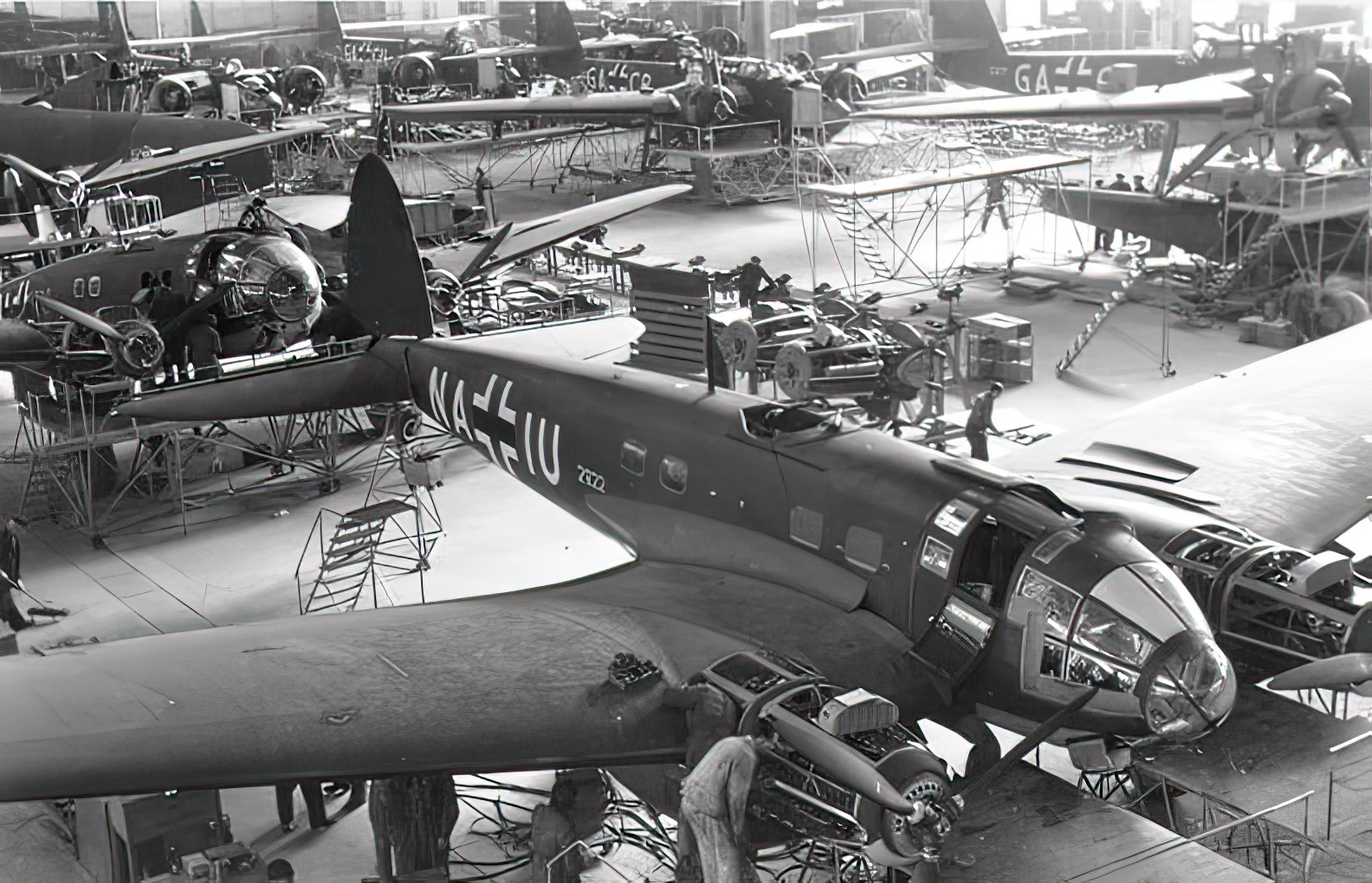
A Symbol of German Airpower
The He 111 first tasted battle during the Spanish Civil War from 1936 to 1939. It was a crucial part of the Condor Legion, a unit of German volunteers who aided Francisco Franco’s Nationalist forces. The He 111 quickly became a symbol of German air power, dominating the skies with its superior speed and formidable payload.
In the throes of World War II, the Heinkel He 111 served as the backbone of the Luftwaffe’s bomber force, participating in campaigns across Europe, the Mediterranean, and the Soviet Union. Its significant range and payload capacity ensured it was a constant threat to Allied forces.
Limitations in Battle
However, despite its formidable presence, the Heinkel He 111 wasn’t without its flaws. It lacked defensive firepower and armor, making it vulnerable to enemy fighter aircraft. Moreover, as the war progressed, the He 111’s speed, once a strength, could no longer outpace increasingly advanced enemy interceptors. The war’s harsh realities laid bare these shortcomings, but it was too late for any meaningful design changes.
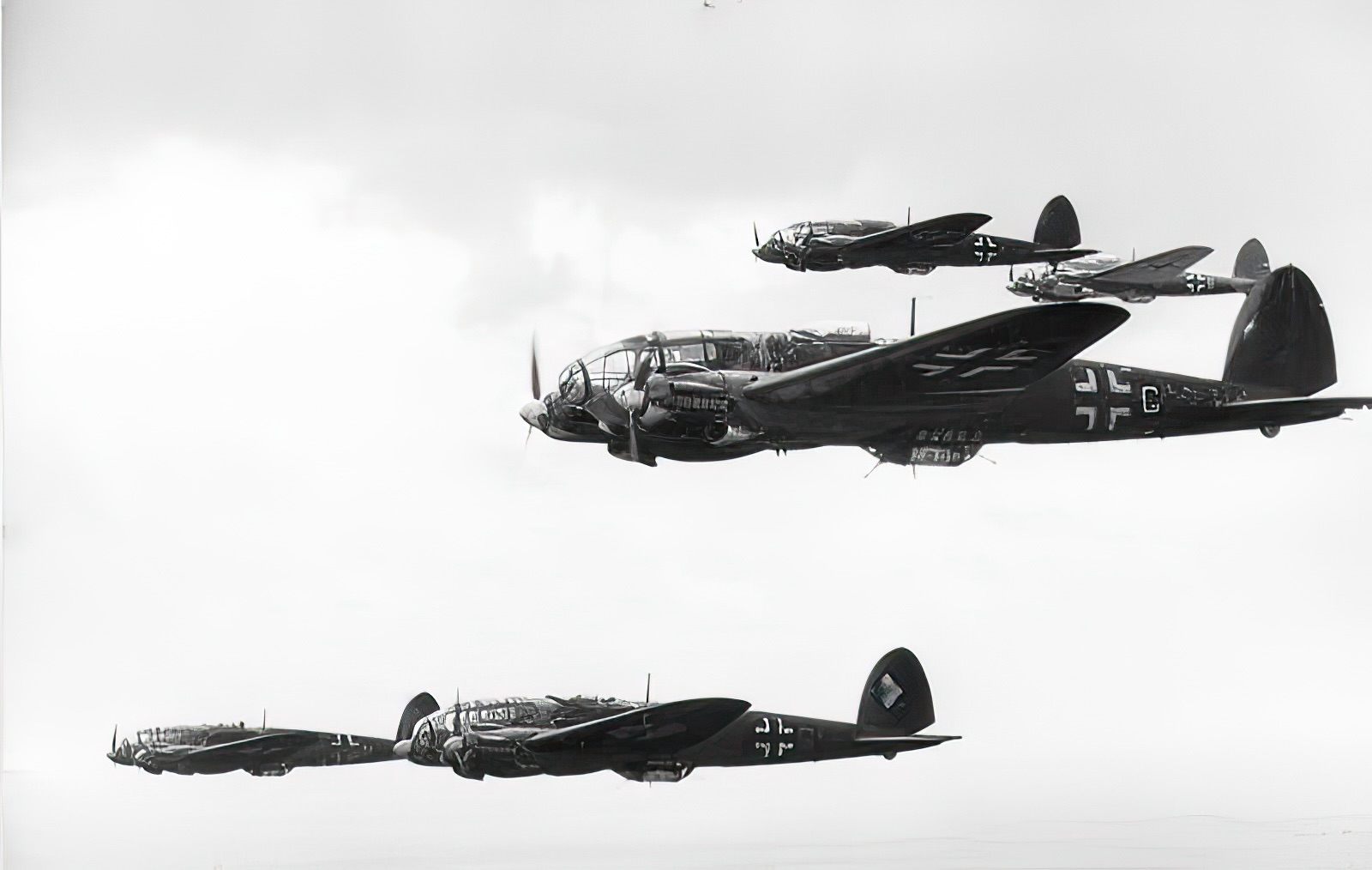
The Heinkel’s Second Act in Spain
The Heinkel He 111’s journey didn’t end with World War II. Spain, which had received a batch of He 111H-16s during the war, held the license to continue production. This led to the birth of the Spanish-built CASA 2.111, produced by Construcciones Aeronáuticas SA.
Unlike its predecessor, the CASA 2.111 saw significant changes in its powerplant. It now came equipped with the Rolls-Royce Merlin engines, famed for powering the iconic Supermarine Spitfire. These modifications offered increased reliability and performance, extending the aircraft’s service life well beyond its original design.
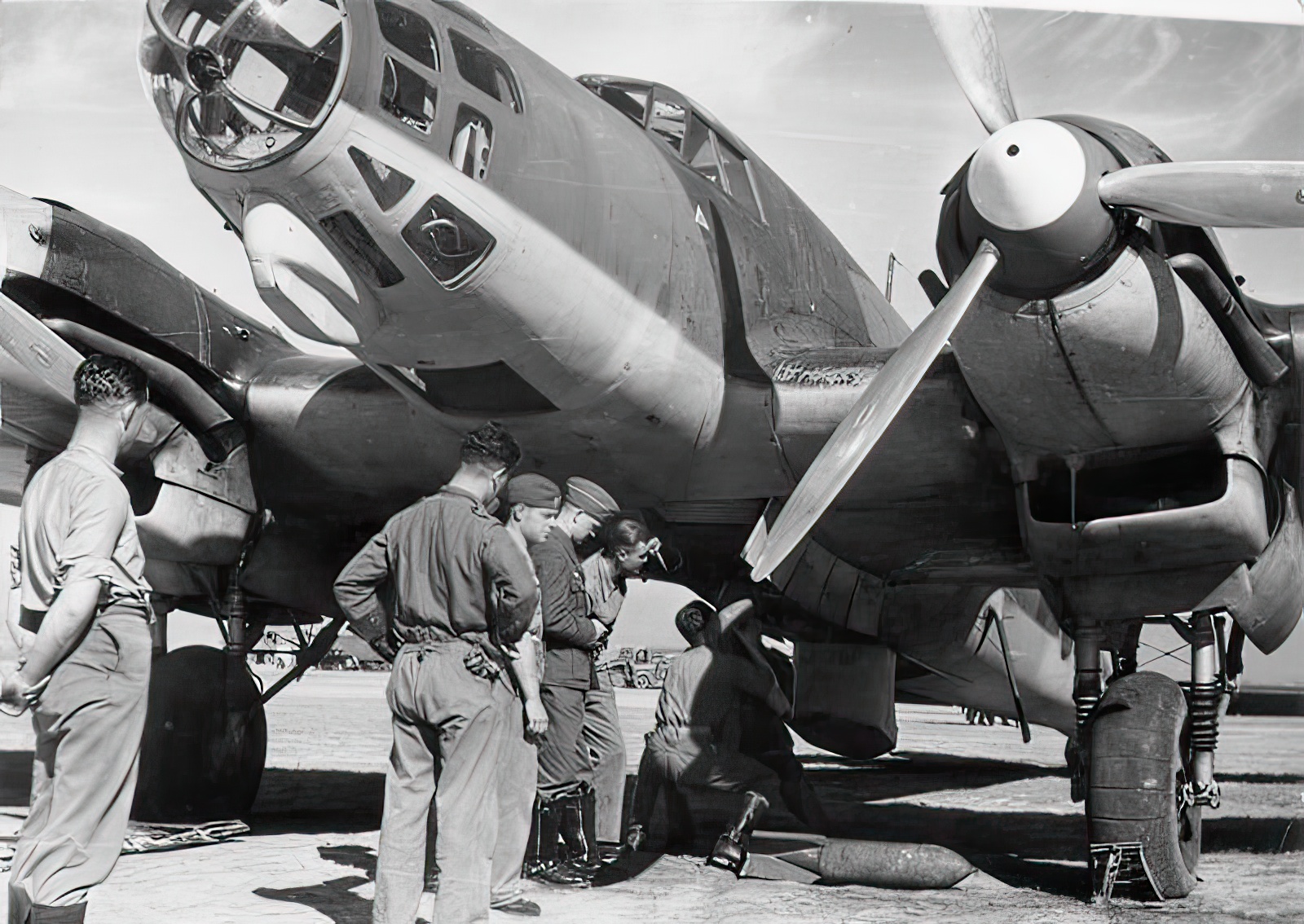
The Final Flight
These reengineered warbirds served the Spanish Air Force faithfully until their final flight in 1973. For nearly four decades, the Heinkel He 111, in its various avatars, bore witness to the changing tides of history. From a peaceful airliner to a dreaded bomber, and finally a relic of the past, the Heinkel He 111’s legacy remains a testament to the transformative power of necessity and the enduring spirit of innovation.
